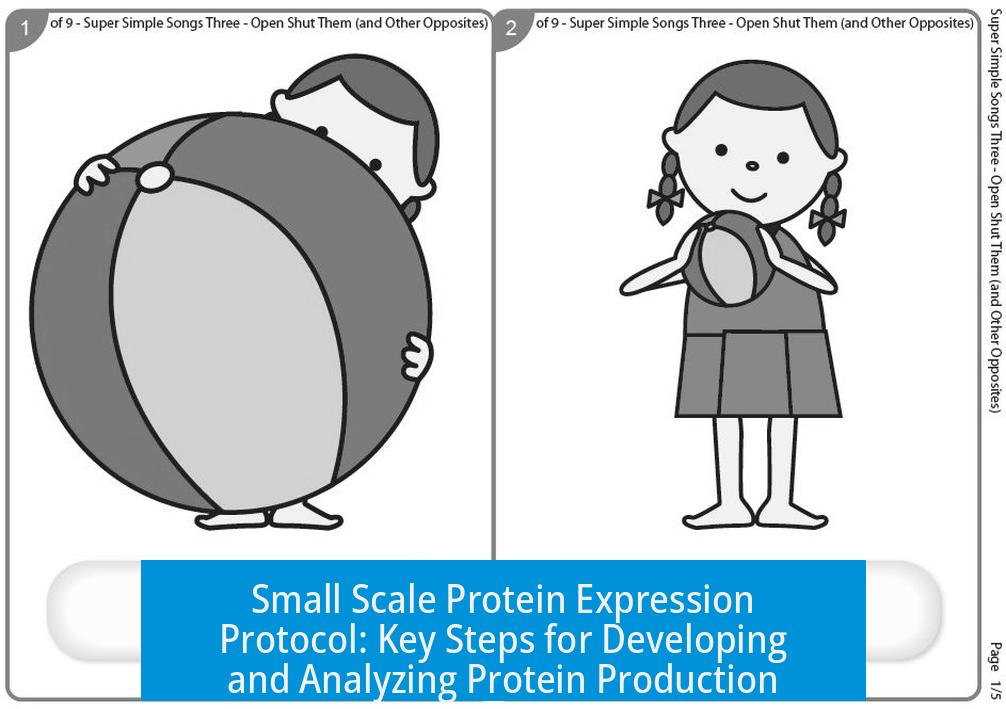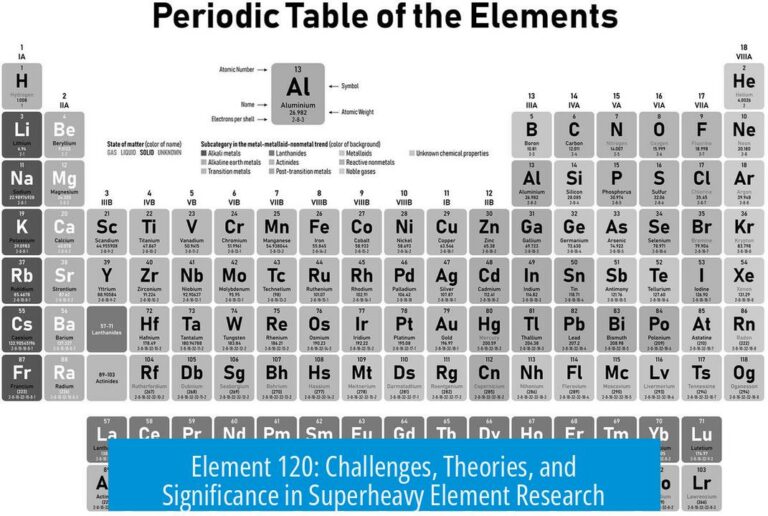Small Scale Protein Expression Protocol
The small scale protein expression protocol begins with empirical testing of expression conditions, focusing on induction timing, IPTG concentration, and bacterial growth stage, followed by solubility analysis and protein detection to optimize yields.
1. Developing the Expression Protocol
When expressing a protein for the first time in a heterologous host, the researcher must create the protocol through trial and error. No pre-existing conditions guarantee success. It involves testing multiple parameters to understand protein behavior.
2. Initial Assumptions and Conditions
- Assume protein solubility to start, but verify experimentally.
- Induce expression at an OD600 between 0.4 and 0.8 for optimal cell density.
- Use IPTG concentrations ranging from 1 mM to 5 mM.
- Test induction durations between 3 to 5 hours.
3. Setting Up Pilot Experiments
Design a matrix varying IPTG concentration, induction time, and OD600 within the above ranges. Perform small scale cultures to assess expression patterns under these conditions. Document results carefully.
4. Analyzing Expression Products
After induction, separate cells into soluble and insoluble fractions. Load these samples, including non-induced controls, on SDS-PAGE gels. Examine gels for the presence of the target protein band to identify expression levels and solubility.
5. Following Manufacturer Protocols
Use plasmid or bacterial strain vendor protocols as guidelines. They often provide specific induction conditions. These can serve as reliable starting points before custom optimization.
6. Protein Detection and Quantification via Western Blot
- Lyse cells and extract protein with cracking buffer.
- Run extracted proteins on SDS-PAGE.
- Transfer proteins onto nitrocellulose membrane.
- Probe with anti-His antibody conjugates for target detection.
- Use secondary antibodies where necessary and incubate with substrate for visualization.
- Titrate samples to quantify expression accurately.
7. Useful Resources
The pET system manual is a valuable resource for expression strategies and troubleshooting even if another system is employed. It outlines standard methods adaptable to various proteins and hosts.
Key Takeaways
- Empirically test IPTG levels, induction times, and cell density.
- Analyze protein solubility by separating soluble and insoluble fractions.
- Use gel electrophoresis and Western blot for detection.
- Follow vendor protocols as starting points.
- Consult pET manuals for comprehensive guidelines.
Q1: How do I begin developing a protein expression protocol for a new protein?
Start by testing basic assumptions like protein solubility. Use IPTG concentrations between 1 mM and 5 mM. Induce expression for 3 to 5 hours at an OD600 between 0.4 and 0.8. Adjust based on results.
Q2: What pilot experiments should I set up to optimize expression?
Vary IPTG concentration, induction time, and cell density (OD600). Collect samples for soluble and insoluble fractions. Analyze these to find conditions with best protein yield.
Q3: How can I analyze if my protein is expressed and soluble?
Run SDS-PAGE gels with induced and non-induced samples, separating soluble and insoluble fractions. Look for your protein band to estimate expression and solubility levels.
Q4: Should I follow the manufacturer’s protocol for plasmid or strain?
Yes, use the supplied protocols from the plasmid or bacterial strain vendor as a starting point. These may guide optimal induction and growth conditions to improve expression.
Q5: How do I detect and quantify expressed protein accurately?
Lyse cells and extract protein with cracking buffer. Perform SDS-PAGE and transfer proteins to nitrocellulose. Use anti-His antibodies for detection in Western Blot. Dilute samples to quantify expression precisely.





Leave a Comment